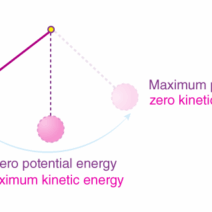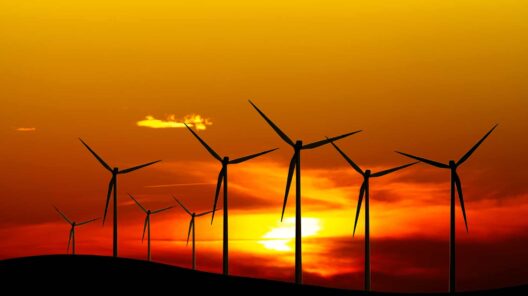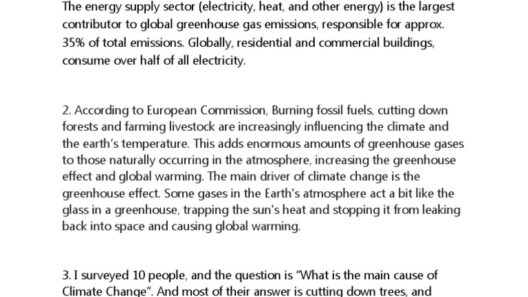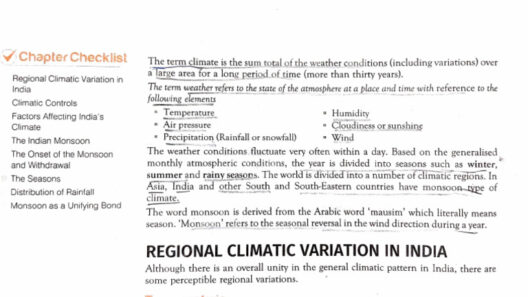Virginia, a state renowned for its historical significance and diverse landscapes, boasts a climate characterized by four distinct seasons, each infused with a unique Southern charm. This climatic diversity not only shapes the natural environment but also influences the lifestyle and activities of its residents. Understanding Virginia’s climate can provide insights into the region’s ecology, agricultural practices, and the broader implications of climate change.
Virginia’s climate is primarily categorized as humid subtropical, with variations influenced by geographic features such as the Appalachian Mountains and the Atlantic Ocean. The state’s location in the southeastern United States contributes to its generally mild winters and warm summers. Understanding the seasonal transitions provides a deeper appreciation for Virginia’s natural cycle and the way it enriches life in the Old Dominion.
Winter in Virginia, typically spanning from December to February, can be a capricious season. The mountainous regions often experience harsher conditions, with temperatures plummeting and snowfall more prevalent. Conversely, in the coastal and lowland areas, winters are relatively mild, with temperatures averaging in the mid-30s to 40s Fahrenheit. Despite occasional frigid days, the charm of Virginia’s winter lies in its clear, crisp air and the breathtaking beauty of frost-laden trees. This season presents unique opportunities for winter sports enthusiasts, from skiing in the mountains to cozying up by a fire in one of the region’s historic lodges. However, climate change is altering this traditional landscape, with rising temperatures leading to milder winters, significantly affecting snowpacks and potentially jeopardizing winter tourism.
As winter yields to spring, Virginia undergoes a transformation marked by blooming dogwoods and azaleas. Springtime, lasting from March to May, is characterized by a gradual warming trend. Temperatures begin to rise, often reaching into the 60s and 70s Fahrenheit by late April. This season attracts a plethora of nature enthusiasts and gardening aficionados who revel in the vibrant blooms and lush greenery that encapsulates the state. The awakening of flora and fauna showcases the intricate ecosystem within Virginia, from the Blue Ridge Mountains to the Chesapeake Bay. However, this season also presents challenges, as climate change has led to unpredictable weather patterns. The increased frequency of extreme weather events, including intense storms and unseasonably warm temperatures, can threaten delicate blossoms and alter the timing of natural events such as flowering.
Summer in Virginia is a season that invites an array of outdoor activities, though it can also bring the sweltering heat characteristic of the American South. Spanning from June to August, summer temperatures often soar into the 80s and 90s Fahrenheit, accompanied by high humidity levels that can make the air feel more oppressive. The long, sun-drenched days are perfect for hiking in the Shenandoah National Park, swimming in the numerous rivers and lakes, or exploring Virginia’s rich historical sites. Yet, with this warmth emerges the troubling reality of heatwaves and an increased likelihood of drought. As climate change intensifies, summers in Virginia may become hotter and drier, impacting agriculture and natural water sources, and posing a risk to both human health and the ecosystem.
As summer fades, Virginia transitions into fall, a season that dazzles inhabitants and visitors alike with a kaleidoscope of colors as the foliage changes. From September to November, temperatures begin to cool, with averages ranging from the mid-70s in September to the brisk 40s and 50s by November. The beauty of autumn in Virginia is often romanticized; however, this transition is crucial for many species preparing for the upcoming winter. The charming local festivals celebrating harvests, such as apple picking and pumpkin festivals, highlight the agricultural bounty the state offers. Nevertheless, like other seasons, fall is not immune to the impacts of climate change. Altered precipitation patterns can affect the timing and vibrancy of the fall foliage, leaving some regions of the state grappling with unpredictable ecological consequences.
The distinct seasons in Virginia provide a rhythm to life, dictating not only the natural world but also cultural practices and social activities. However, beneath the surface of seasonal beauty lies a pressing concern: climate change. Rising global temperatures are precipitating shifts in Virginia’s climate, threatening to disrupt the delicate balance that defines each season. Hotter summers, unpredictable winters, and increasingly volatile spring and fall weather patterns could fundamentally alter the state’s ecosystems and agricultural productivity.
To mitigate these impacts and sustain Virginia’s rich natural beauty, it is essential for residents and legislators alike to champion environmental initiatives. Awareness and education about climate change, along with grassroots movements focused on conservation, tree planting, and sustainable agriculture, can lead to significant changes. The preservation of native habitats not only maintains local biodiversity but also helps to combat the pollution and land degradation exacerbated by climate change.
In conclusion, the climate of Virginia, with its four seasons infused with Southern charm, is a tapestry that weaves together culture, ecology, and a profound connection to the land. While each season brings its allure, the troubling implications of climate change loom over this picturesque landscape. The future of Virginia’s climate demands attention and action, ensuring that the beauty and biodiversity of this exceptional region endure for generations to come.







